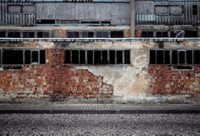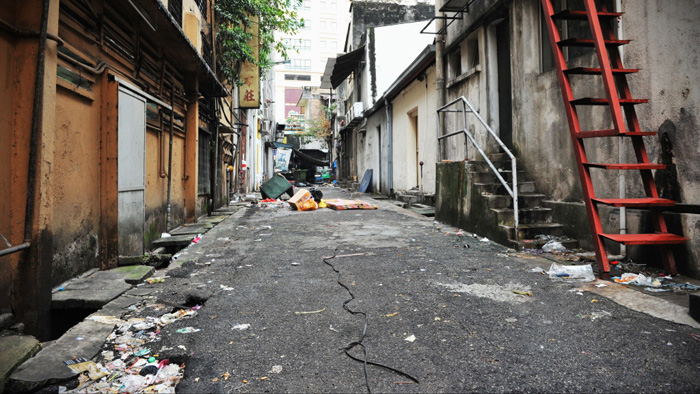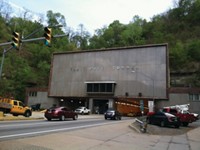Advertisement
Grab your lab coat. Let's get started
Welcome!
Welcome!
Create an account below to get 6 C&EN articles per month, receive newsletters and more - all free.
It seems this is your first time logging in online. Please enter the following information to continue.
As an ACS member you automatically get access to this site. All we need is few more details to create your reading experience.
Not you? Sign in with a different account.
Not you? Sign in with a different account.
ERROR 1
ERROR 1
ERROR 2
ERROR 2
ERROR 2
ERROR 2
ERROR 2
Password and Confirm password must match.
If you have an ACS member number, please enter it here so we can link this account to your membership. (optional)
ERROR 2
ACS values your privacy. By submitting your information, you are gaining access to C&EN and subscribing to our weekly newsletter. We use the information you provide to make your reading experience better, and we will never sell your data to third party members.
Materials
ACS Meeting News: DNA And Protein Self-Assemble Into Biodegradable Solar Antenna
by Celia Henry Arnaud
August 18, 2015

A grimy film covers the streets, statues, and buildings in our cities. This dirty chemical soup, deposited from pollution and dust, could play a previously unknown role in urban air quality, according to research presented Monday at the American Chemical Society national meeting in Boston.
Chemists report that, when hit with sunlight, urban grime may release nitrogen oxides (NOx), which produce ozone and smog. Understanding how this chemical film contributes to NOx levels in cities could help environmental scientists produce better models of air quality.
The findings are exciting and intriguing, according to Kerri A. Pratt, an environmental analytical chemist at the University of Michigan, Ann Arbor, who was not involved in the work. The new research “directly connects novel laboratory and field measurements for a fundamental study of a previously unaccounted-for source of atmospheric nitrogen-containing compounds.”
Vehicles and power plants release NOx into the atmosphere, where the compounds take part in a reaction cycle that generates ozone. The compounds can leave the atmosphere through side reactions that produce molecules that end up as nitrates in urban grime, a complex mixture of thousands of organic and inorganic chemicals. Scientists had long thought this film was a final destination for NOx, according to D. James Donaldson of the University of Toronto.
Over the past several years, Donaldson’s group has conducted lab experiments showing that these nitrates don’t always stay put when exposed to light. For example, the researchers demonstrated that, when exposed to ultraviolet light, nitrate levels dropped 10,000 times as fast in urban grime as in water (Environ. Sci. Technol. 2013, DOI: 10.1021/es3037862). This suggested that there was unique photochemistry involving the nitrates in the films.
At a presentation in the Division of Environmental Chemistry, Donaldson reported on a field study he and colleagues at the Leibniz Institute for Tropospheric Research, in Leipzig, Germany, performed to confirm this chemistry happens in cities. They set up trays of glass beads on a rooftop in Leipzig: Some sat in the shade, and some in direct sunlight. When the researchers measured the nitrate content of the grime on the beads, they found that those that sat in the light had 10% lower levels than those in the shade.
To understand the fate of the nitrates, the scientists went back to the lab and put grime-covered glass particles inside a photoreactor. The team observed that NOx was one of the gases released from the illuminated grime.
Donaldson next wants to take the data on NOx release and feed it into simple computer models to estimate the extent of NOx production from urban surfaces. “What we could do then is input that into urban air quality models to say that there is an extra source, or a recovery, of NOx that hasn’t been accounted for,” he said.





Join the conversation
Contact the reporter
Submit a Letter to the Editor for publication
Engage with us on Twitter